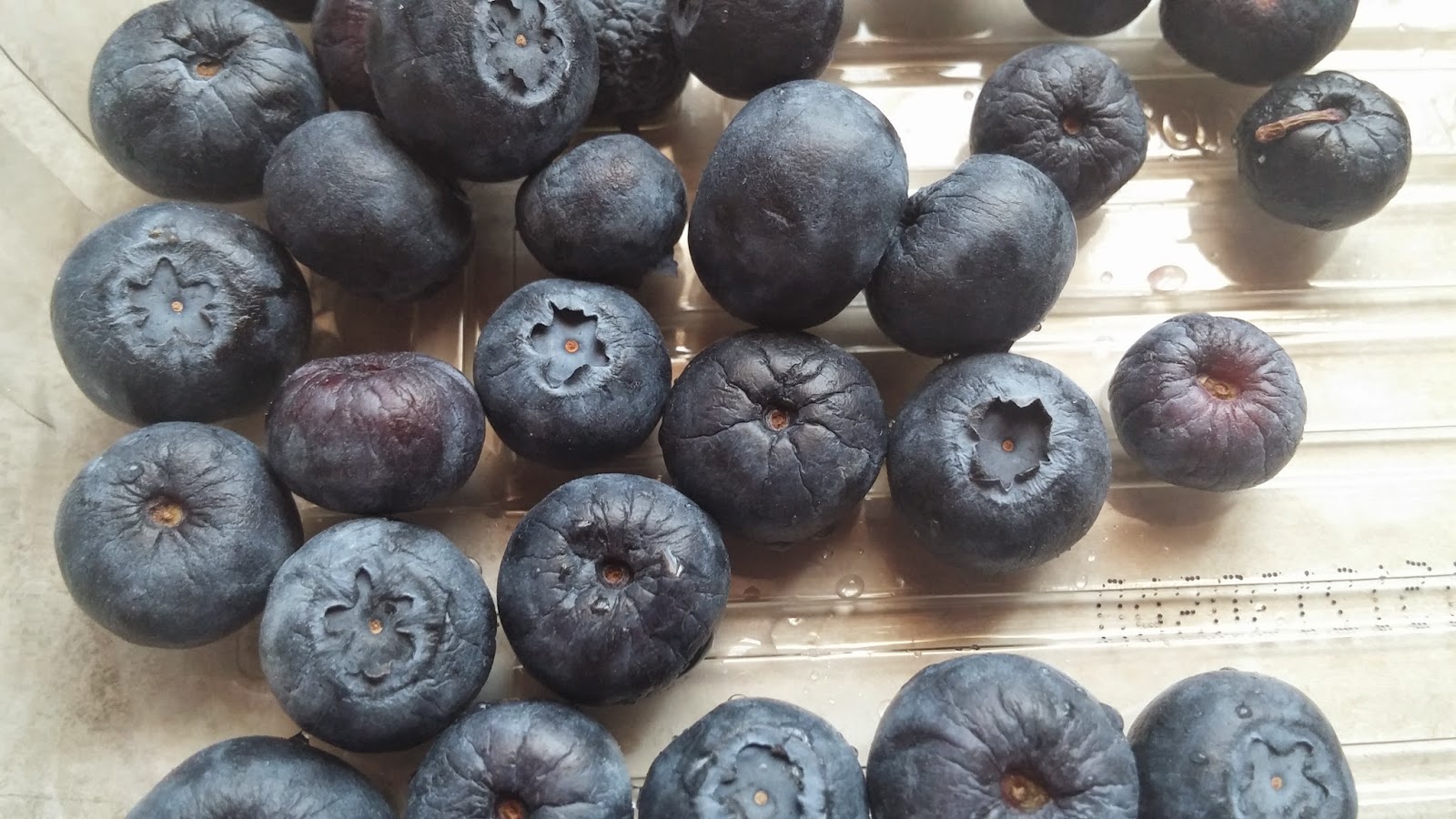Well, if their names are anything to go by, they are all berries; yet that seems to be where the commonality ends.
 |  |  |
 |
 |
 |
In following with the botanical definition, other "true" berries include--believe it or not--grapes, avocados, even bananas--all of which grow from a single flower and have a single ovary, with their seeds (or pit) embedded within their flesh. In fact, a berry-bearing plant is referred to as bacciferous or baccate from the Latin bacca, meaning berry. And for those of you familiar with Roman mythology, Bacchus (Dionysus in Greek mythology), whose name is related to bacca, was the god of wine (and what is wine made of but grapes, which are in fact considered "true" berries).
Where does that leave raspberries and strawberries then? As mentioned before, raspberries develop from the merging of several ovaries making them (and other fruits like them such as blackberries) aggregate fruits. So each of those round little spheres that makes up a raspberry is actually its own little fruit with its own little seed (which you can see if you look closely). Strawberries, also under the category of aggregate fruit, are aggregates of achenes, the yellow speckles on its surface (often mistaken for seeds). However, strawberries can also be considered an accessory fruit in that its flesh is not developed from the solely ovary alone, but from other parts of the plant as well.
 |
| Image courtesy of Underground Health |
Sources
"Berry." Wikipedia. Wikipedia. Web. 06 February 2015 <http://en.wikipedia.org/wiki/Berry>.
Ehler, James T. "True Berries: Facts & Trivia: Berries & Fruits." FoodReference.com. FoodReference.com. Web. 06 February 2015 <http://www.foodreference.com/html/f-berry-trivia.html>.
Lorge, Greta. "Bananas are Berries?" Stanford Alumni Magazine. Stanford University. Web. 06 February 2015 <https://alumni.stanford.edu/get/page/magazine/article/?article_id=63171>.
P.S. If you're like me and like to post multiple pictures side by side, I recommend this very helpful and easy-to-understand blog post.


No comments:
Post a Comment